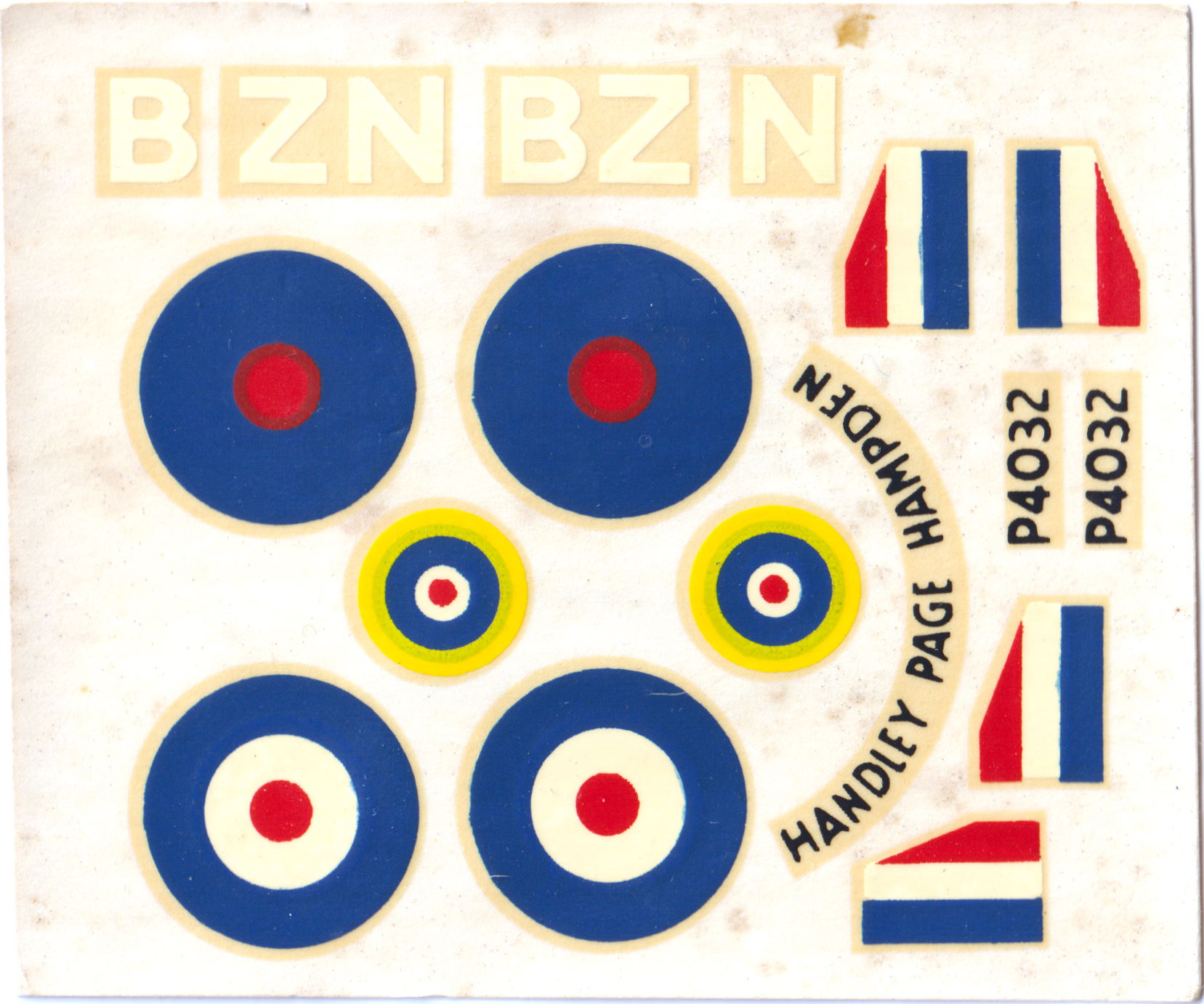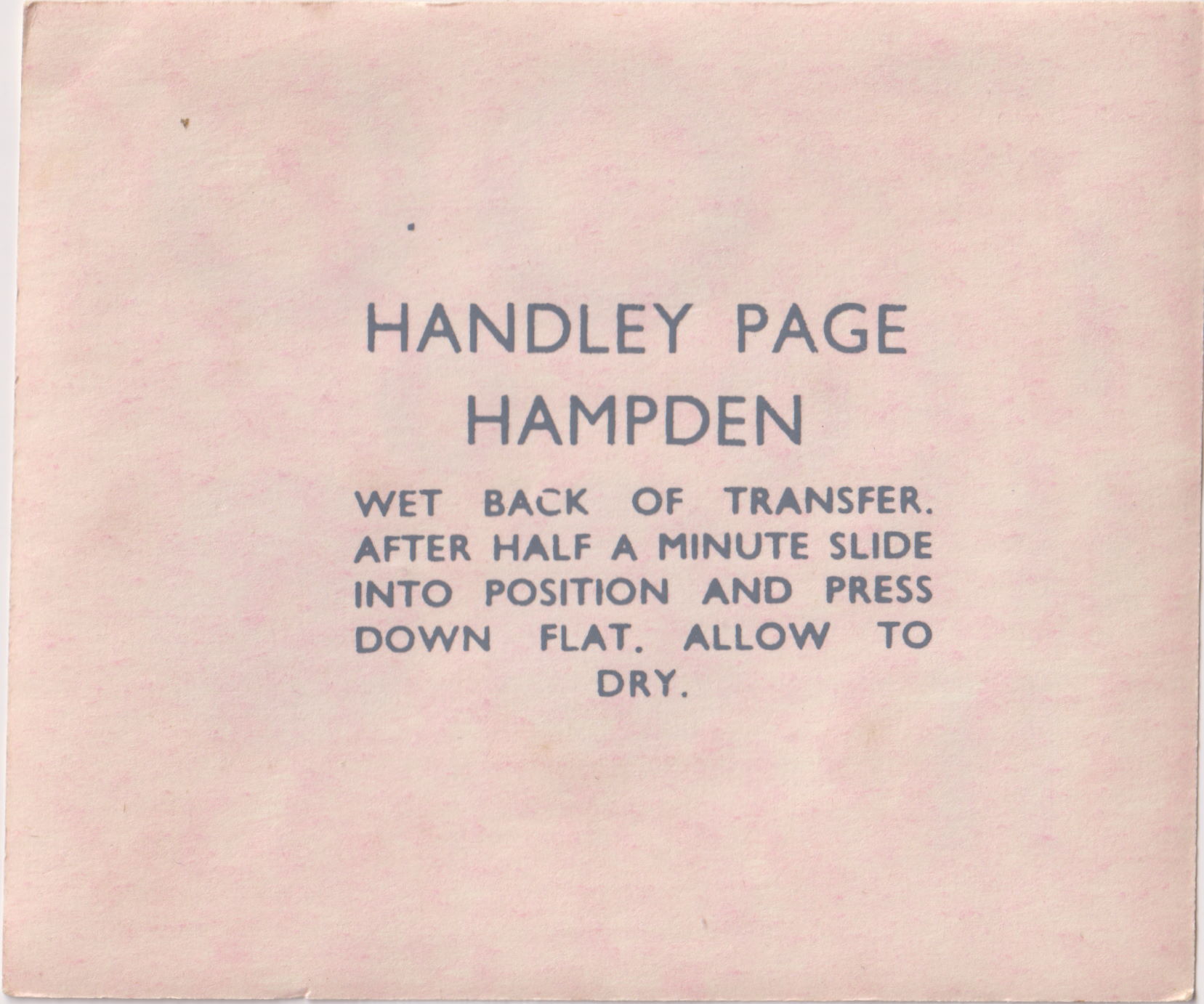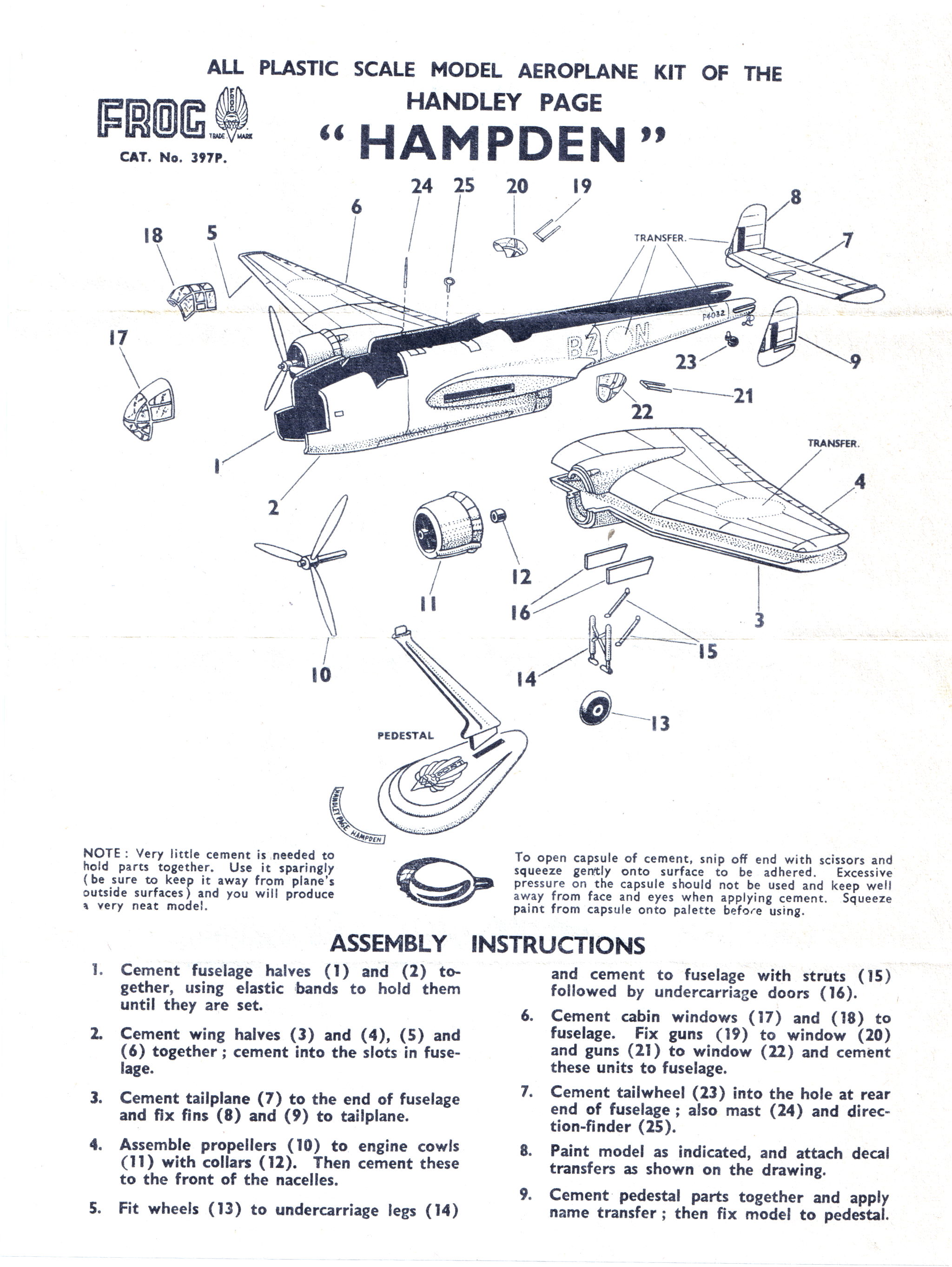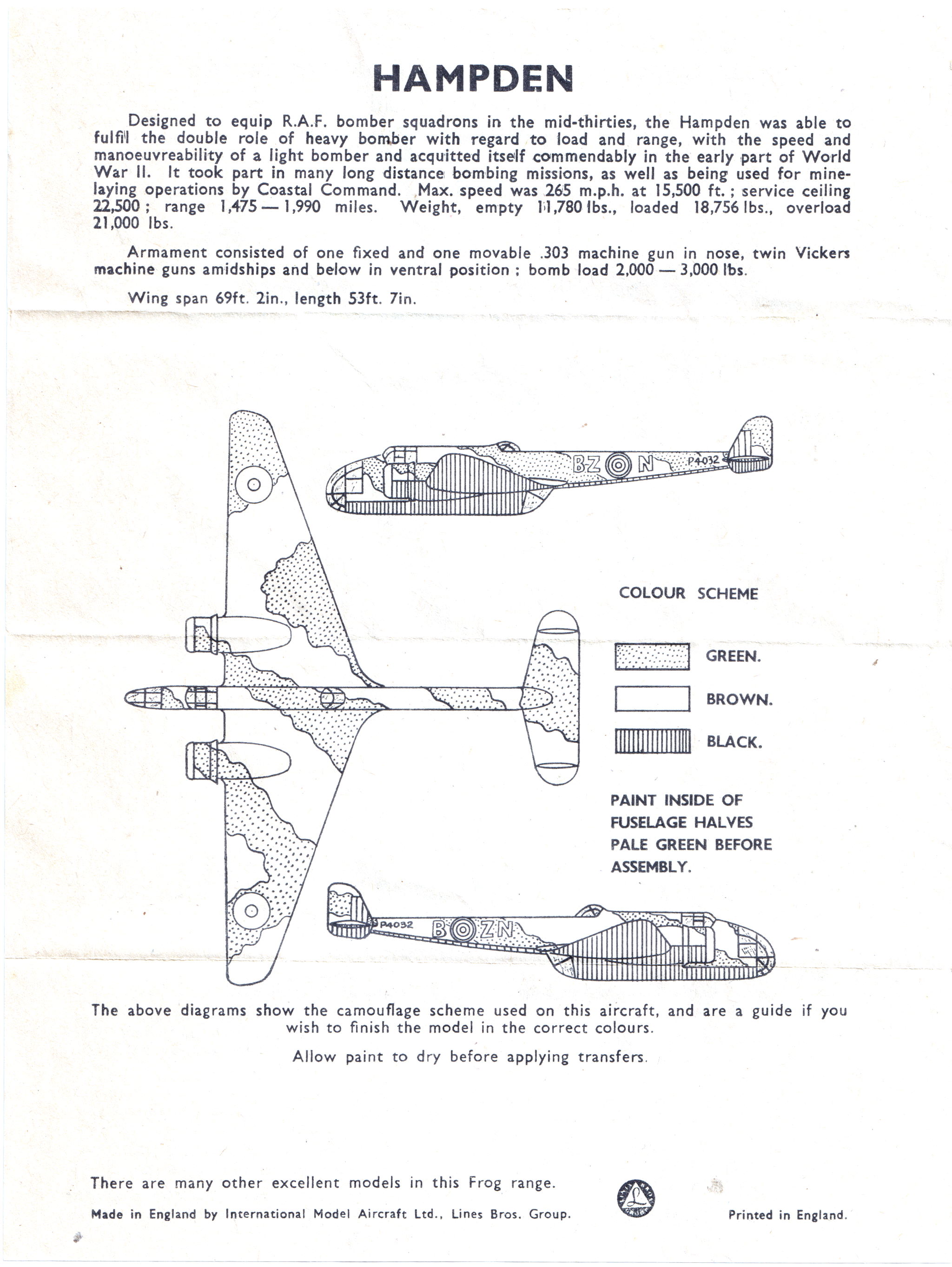







|
Trade Notes
The TRIANG Toy Fair included the range of International Model Aircraft and brought many new items to light, most impressive being the two versions of the new Frog 349 diesel, and the new range of World War II fighters to 1/72nd scale in plastic. Retailing at 2s. 9d., the W.W. II series includes the Kittyhawk, Typhoon, Thunderbolt, Focke Wulf 190 (radial version) and Zero. Each is moulded in the underside colour and will, we are sure, more than satisfy those who demand a high standard of accuracy in detail. Among new kits yet to appear under the FROG label is a fine 49s. 6d. Hawker Tempest control-line pre-fab 26*in. span model with plastic moulded pilot, nylon bellcrank, nylon spinner and scale wheels. Included in the projected range of plastics are: Fairey Rotodyne, Spitfire II, Blenheim I, Hampden, Wellington. Dragon Rapide, all to 1/72nd scale and the 1/96th scale Lancaster.
AeroModeller, APRIL 1959, VOLUME XXIV, No. 279
Trade Notes
Frog's another top-class kit just out from the I.M.A. factory is their plastic Fairey Rotodyne. It is quite the most involved of plastics and a fascinating model to make up, and, moreover, to a very high standard of accuracy. We spotted the model on display at Fairey's stand. Farnborough— a sure testimonial to its authenticity.
AeroModeller OCTOBER 1959 VOLUME XXIV No. 285
Over the counter
FROG
The latest addition to the FROG "World War Fighters" series of 1/72nd plastic models is Spitfire. Much care has been devoted to the preparation of this model, particularly around the engine cowling, the exact shape of which seems to elude most manufacturers. Production of the long awaited Rotodyne is also well advanced, and it may be in the shop by the time this issue appears. Other FROG plastics in preparation are the Blenheim, Hampden and Wellington. Altough no price has yet been fixed they will probably retail for around 3s 6d each, and will, we are sure, be extremly popular.
Model Aircraft october 1959
Over the counter
Under 1 pound
An aircraft in the news at the present time is the Fairey Rotodyne and FROG have a 1/72nd scale plastic kit of this fascinating machine. The mouldings are neat, the front door opens, and the rotor hub is well detaild. When mounted on the stand, included with the kit, this makes an impressive model with a rotor diameter of almost 15 in! price is 12s 6d.
Model Aircraft december 1959
1959
This was a vintage year for FROG plastic kits. The January 1st retail list introduces a 1/96 Air France Caravelle and five 1/72 World War 2 fighters, the Typhoon, Thunderbolt, Kittyhawk, Zero and FW 190. A later list issued in May adds a 1 /72 Fairey Rotodyne helicopter, a 1/96 Lancaster and five more well-known names. Of these, the Spitfire (at last) is 1/72 while the others, Blenheim, Hampden, Wellington and (oddly) a DH89 Dragon Rapide are to mixed scales giving a common retail price of 3/6 (17 1/2p). Opinions were obviously still divided as to the merits of all kits being to a standard scale as against the need to keep prices to a pocket money level.
The total of new releases for the year was therefore 13 and many of them were "fundamental" subjects i.e. names that the man in the street recognised- IMA were thus appealing to the impulse purchase market rather more than to the aircraft enthusiast, following Airfix instead of trying to carve their own niche in the market. As Airfix were very successful this was probably the right policy at the time. The FROG range ran to 44 models and was starting to become a significant factor in IMA's turnover. In business it is good practice to chase after successful lines and IMA went off shopping for more mould leasing arrangements to boost 1960.
| 358P | 1959-1963 | C2 | (3000) | 1xCivil |
Had the highest parts count of any Frog kit to date and was also the first to include any interior detail (this was made necessary by the large cockpit canopy). But even though it was a good kit for its days, it did not survive the cancelation of the real Rotodyne.
FROG model aircraft 1932-1976, R. Lines, L. Hellstrom
|
|